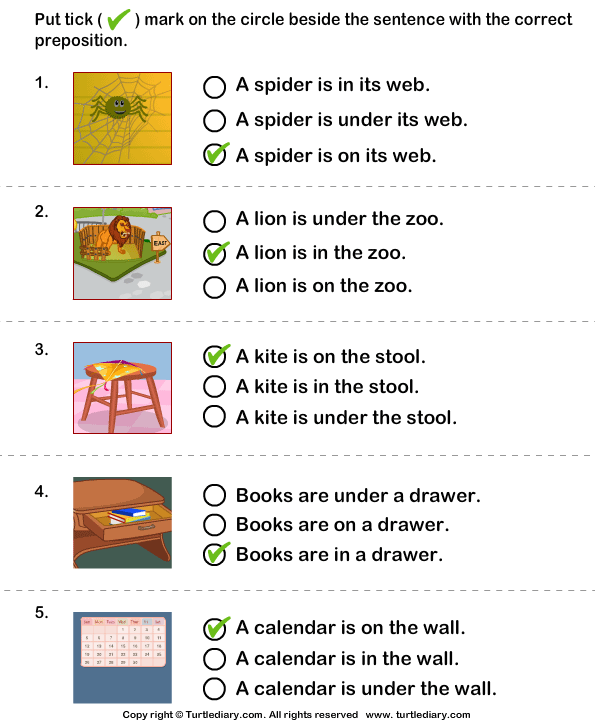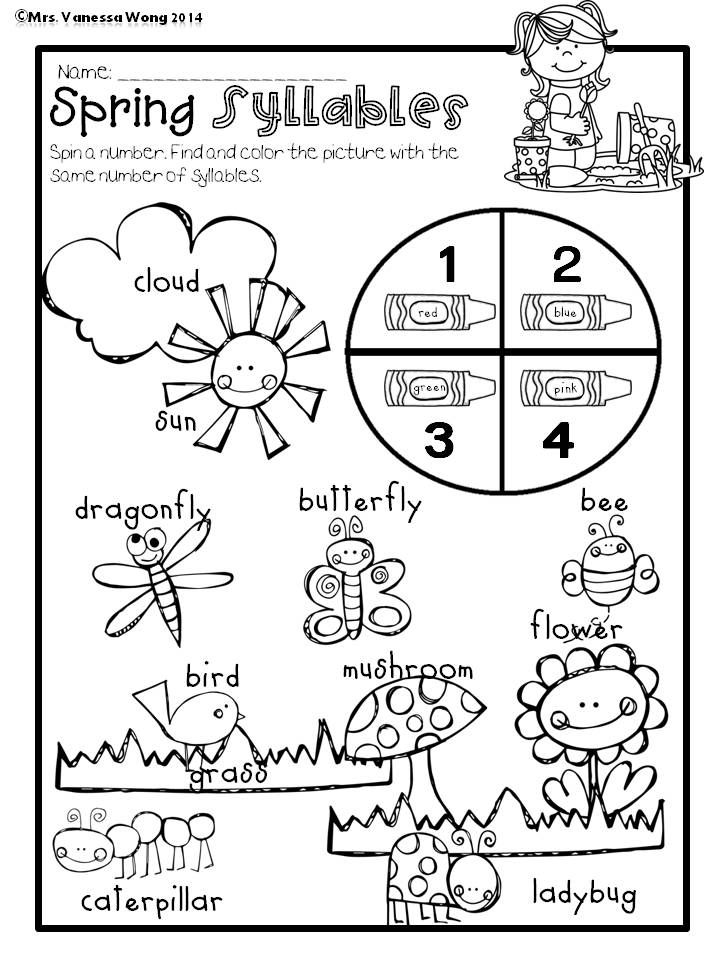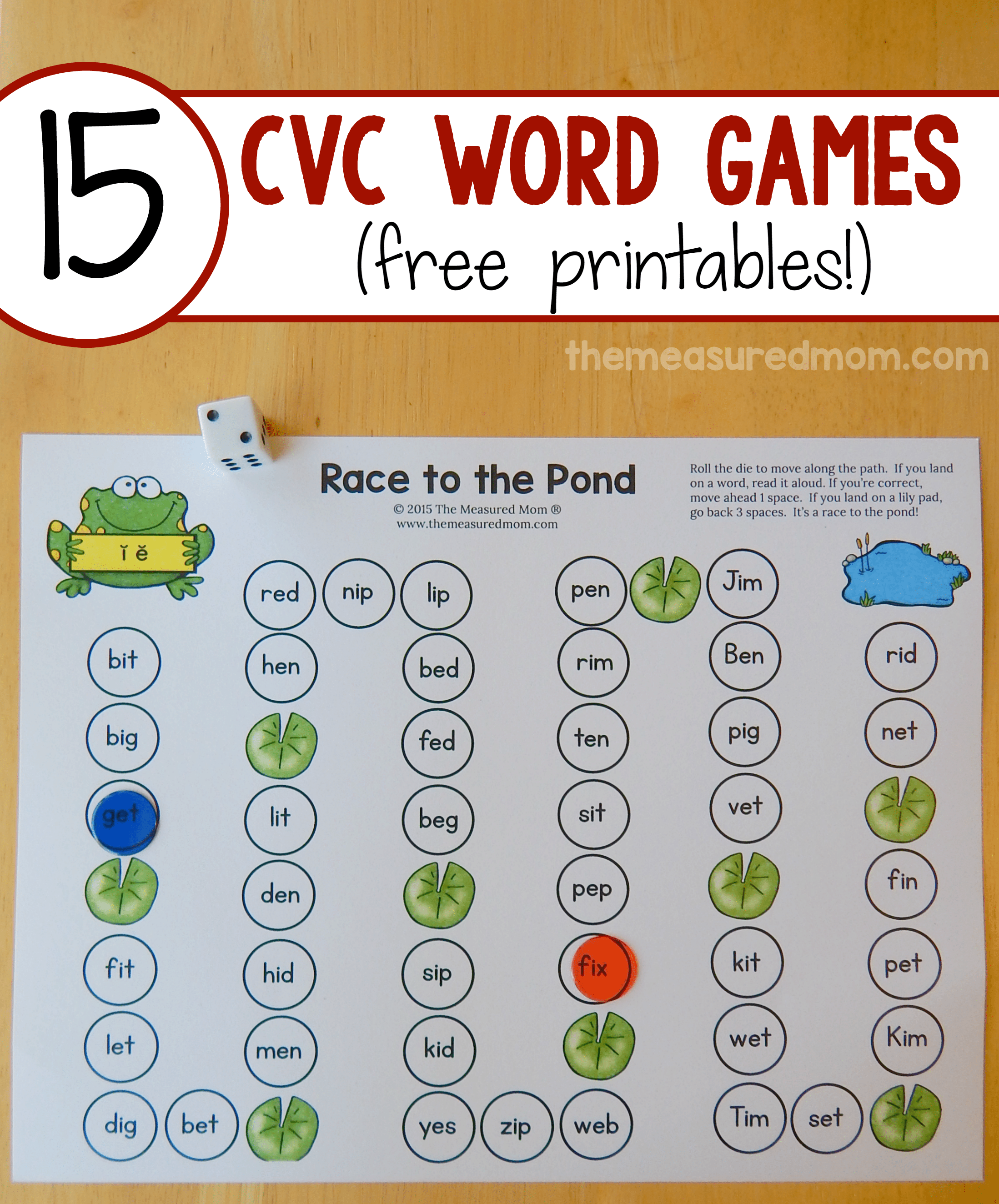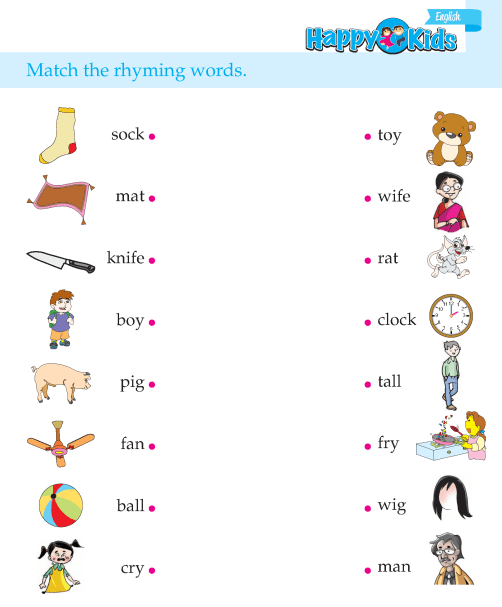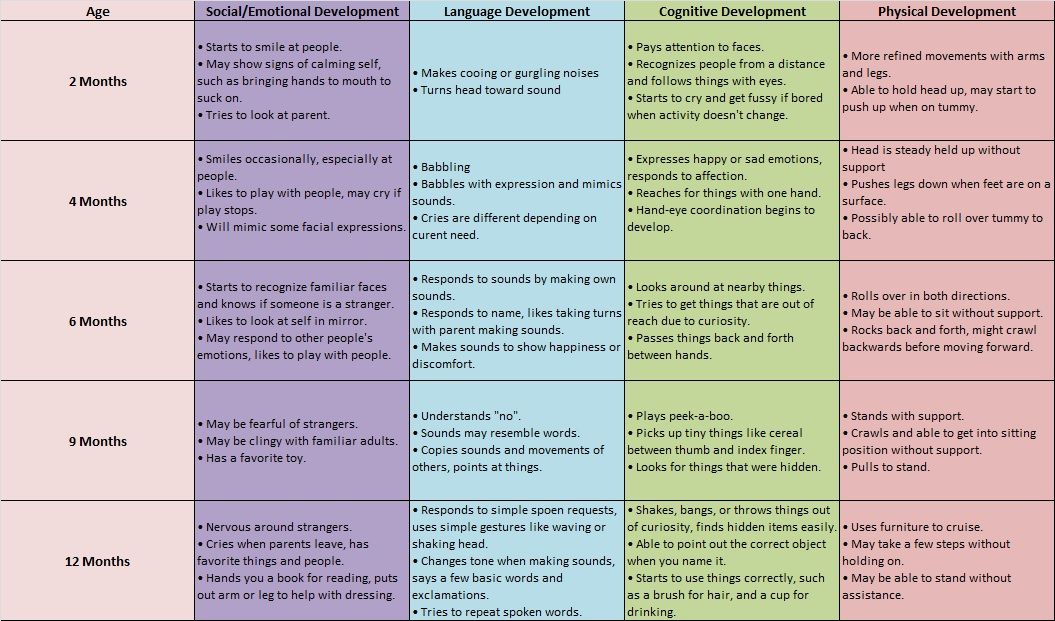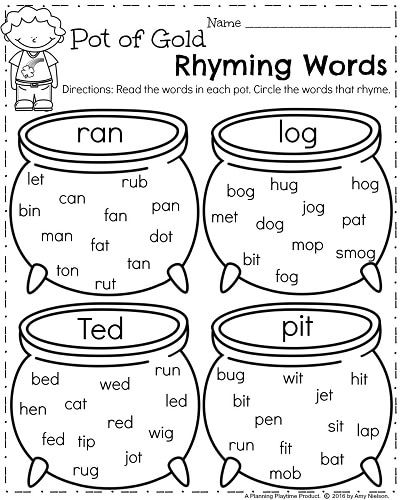Phonics for home methodology
How To Teach Phonics At Home Step By Step Montessori Method
3-5 years old learning to read with phonics montessori reading program pre-reading activities
How can I teach phonics at home with my preschooler?Although phonics is the evidence-based approach to teaching reading, there’s still a gap between reading instruction in schools and the science of reading.
This is why you need to think twice about HOW your child will learn to read, especially if your local school is teaching the outdated “whole language” approach that’s based on a theory of reading that’s been debunked by cognitive scientists.
With just a few minutes a day, you can set up your preschooler for success with learning to read by teaching phonics at home.
My gentle, child-led approach focuses on indirect preparation.
Even though I talk about "teaching your child to read", it's really about providing opportunities for children to teach themselves. I don't believe in putting pressure on 3 or 4 year old children to start reading before they are developmentally ready!
Keep reading to learn the 4 steps in the learning sequence to teaching phonics at home using hands-on Montessori activities.
It’s important to understand the steps from pre-reading to early reading. That way you you’ll be able decide quickly whether or not your child is ready for a specific activity that you find on Pinterest.
What does phonics mean?Before we get into HOW to teach phonics, let’s start with a definition of phonics. You may have heard the term “phonics” before without really knowing what it is.
So, what exactly does “phonics” mean?
Phonics is the method of teaching reading and writing through explicit instruction of the code between speech sounds and written symbols.
The alphabet letters in English are written symbols that represent speech sounds. We can communicate through writing because we’ve all agreed that a certain letter or combination of letters represents a single sound in our spoken language.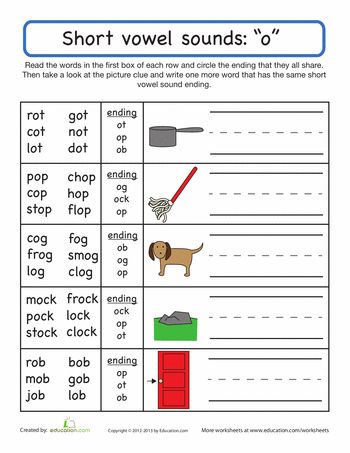
Individual speech sounds are called phonemes and the written symbols that represent those sounds are called phonograms.
A phonogram can be a single letter or a combination of letters. For example, when we say the word “cat” and then write it on paper, the speech sound /c/ is represented by the letter “c”, the speech sound /a/ is represented by the letter “a” and the speech sound /t/ is represented by the letter “t”. It’s easy to read the word “cat” when you know the sound that each letter represents!
Learning to read and write in English is a bit more complicated than other languages because there are more than just the phonemes that correspond to the 26 alphabet letters.
There are about 44 unique speech sounds in the English language, and some of them have multiple spellings! For example, the long a vowel sound can be spelled as a (acorn) and also ai (train), a_e (cake), ay (play), ei (vein), eigh (eight) and ea (break).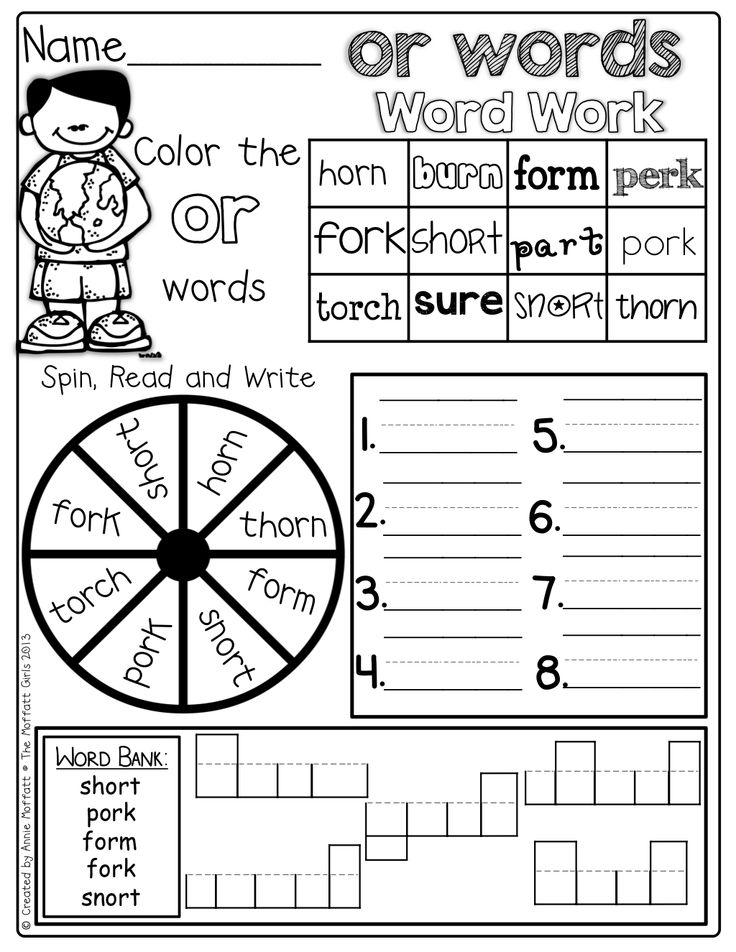
To have a solid foundation for reading, your child needs to learn about 70 phonograms. Of course, we don’t overwhelm children by teaching all 70 phonograms at the same time!
We want to first start with basic phonics. This means that you’ll first focus your sound-letter association activities on teaching the alphabet letters that represent the short vowel sounds and hard consonant sounds.
Then you’ll layer on the other common phonograms such as ai, sh, ee, ch, ou, etc to cover advanced phonics. Over time, you’ll draw attention to the various spellings of the 44 unique speech sounds.
Why phonics is important.It’s important for your preschooler or kindergartener to learn phonics for two main reasons.
- Your child will know which letters to use when writing words.
- Your child will be able to decode words never seen before.
In fact, a good way to assess your child’s knowledge of phonics is to invite him or her to write or read nonsense words such as gax, baj, steck, vaith and strone.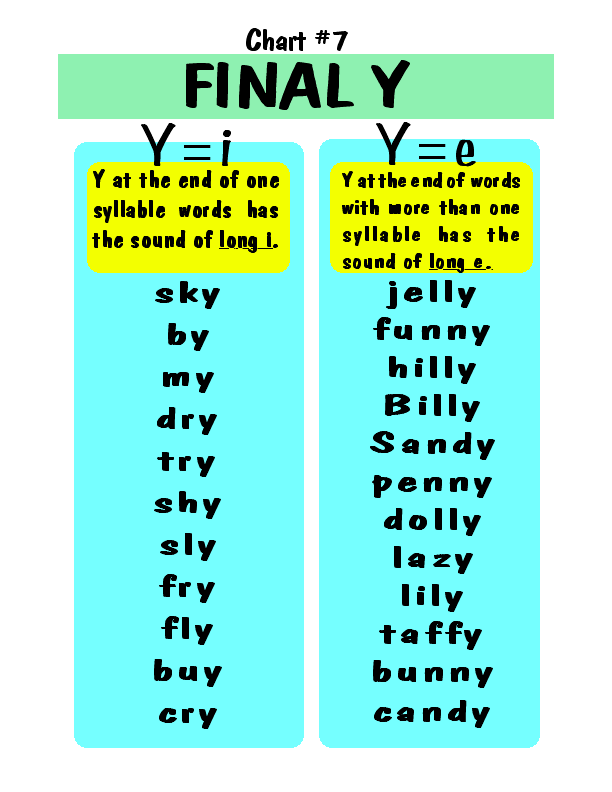
A huge advantage of teaching phonics is that your child won’t need to memorize long lists of words!
This is because most words you’ll find on high-frequency word lists or sight words lists can actually be sounded out easily by children who have knowledge of the phonetic code.
Children who learn phonics also don’t need to guess at words by looking at the picture or the first sound of the word, and they don't need to skip any words in a sentence. These are the strategies of struggling readers who don’t have a solid foundation in phonics.
Teaching phonics step by step with your preschooler.Here’s the step-by-step overview of the learning sequence for teaching phonics at home with your preschooler that I teach inside The Playful Path to Reading™.
You can sign up to watch my FREE CLASS that walks you through this 4-step method to teach reading at home. You'll learn the 3 biggest mistakes to avoid and you'll pinpoint where your child is at in the learning sequence.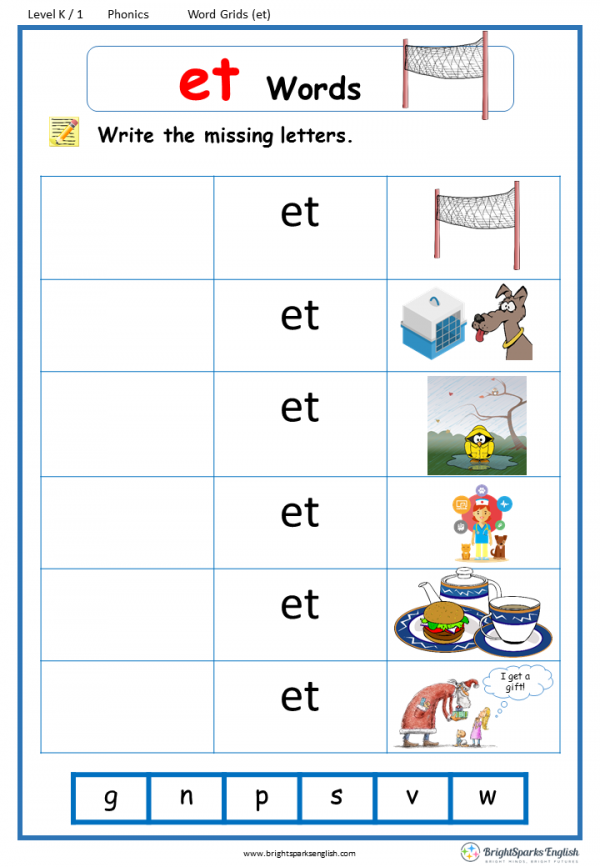
The first three steps develop pre-reading skills. These activities offer indirect preparation for reading. We’ll use language objects, sandpaper letters and a moveable alphabet to develop all the skills needed to learn phonics — without any worksheets or crafts!
STEP 1: Develop Phonemic Awareness
The first step to teaching phonics is to play "sound games" when your child is around 3 years old to help your preschooler develop phonemic awareness.
Phonemic awareness activities involve NO letter symbols!
The focus is just on drawing attention to the individual speech sounds (phonemes) in spoken words. That will prepare your child to understand that letters are symbols that represent speech sounds.
It's important not to skip this step because phonemic awareness is the best predictor of how well children learn to read.
"Without phonemic awareness, phonics is harder to learn.In other words, phonemic awareness is something that should be taught before phonics — or at least early in the phonics sequence — so children receive maximum benefit from their phonics instruction.
” (2005 National Reading Panel Report)
STEP 2: Associate Speech Sounds and Letter Symbols
The second step to teaching phonics is to help your child connect the speech sounds in spoken words with the letter symbols of our written language.
At this point, your preschooler will already be able to identify at least the beginning sounds of spoken words.
Having already developed some phonemic awareness, the letter symbols will have meaning for your child. Your preschooler will be able to draw on that knowledge to make sense of letter symbols.
Sound-letter association games using Montessori sandpaper letters develop visual, muscular and auditory memory to learn basic and advanced phonics.
STEP 3: Use Phonics Knowledge to Build Words
The third step to teaching phonics is to show your child how to put speech sounds (represented by letter symbols) in a row to make words using a Montessori moveable alphabet.
This "writing before reading" step allows children to use their existing phonics knowledge to communicate ideas through print without any pressure to read what they have written.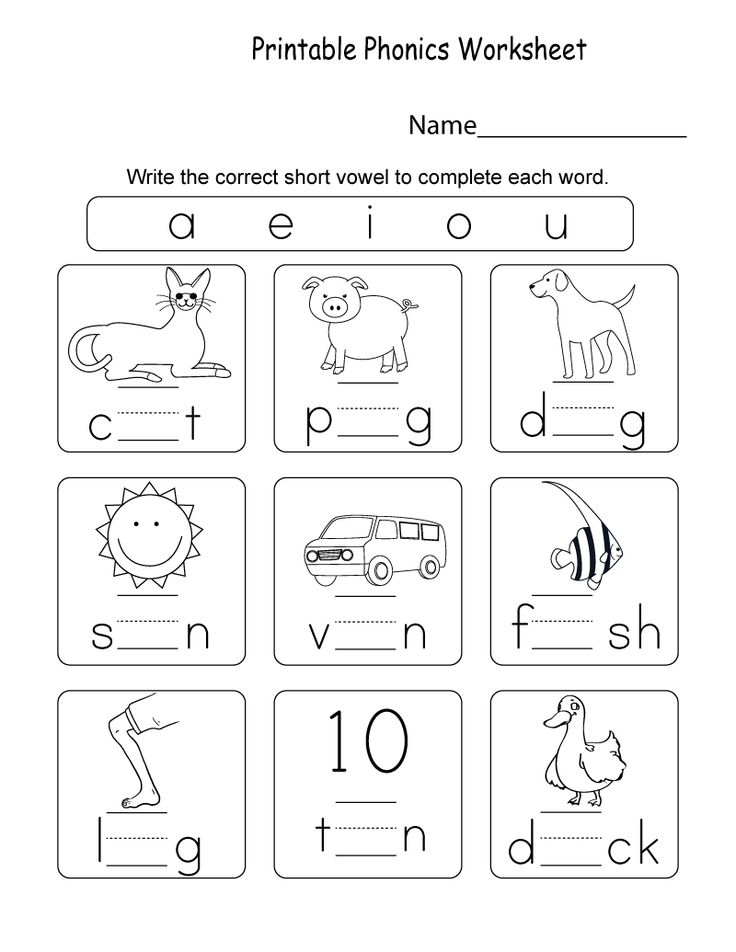
Often children are ready to build words before the pencil grip has developed, so we’ll use a Montessori moveable alphabet instead of pencil and paper.
Your child can just focus on finding the Montessori moveable alphabet letters needed without worrying about having to write any letters with a pencil. This takes the pressure off!
STEP 4: Use Phonics Knowledge to Decode Words
Most children will discover their ability to read through the process of building words! Your child is now ready to develop decoding skills through practice reading words, phrases and then sentences.
Once your child has begun reading words using phonics knowledge, you can encourage your child to memorize some sight words to boost reading fluency and then introduce decodable readers that require knowledge of basic and advanced phonics.
Quick Summary: How to Teach Phonics at HomePhonics is the method of teaching reading and writing through explicit instruction of the code between speech sounds and written symbols.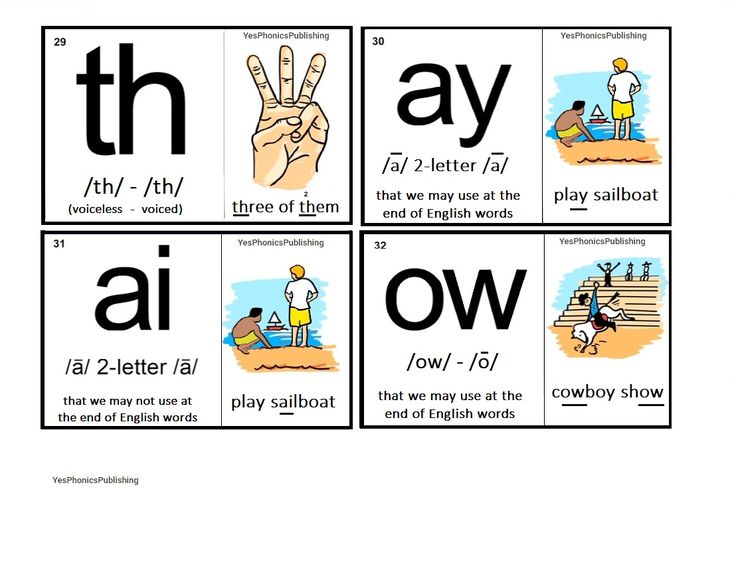 Research supports using phonics over the whole language approach.
Research supports using phonics over the whole language approach.
There are 4 steps in the learning sequence from pre-reading to early reading using hands-on Montessori activities.
- Develop phonemic awareness.
- Associate speech sounds and letter symbols using Montessori sandpaper letters to learn the phonetic code.
- Use existing phonics knowledge to build words using a Montessori moveable alphabet.
- Practice reading words, phrases and then sentences.
It’s important to understand the big picture so that you’ll be able to decide very quickly whether or not your child is ready for an activity that you find on Pinterest. That way you can be reassured that you're not putting any pressure on your child to learn to read before he or she is developmentally ready.
Phonics Instruction | Reading Rockets
The primary focus of phonics instruction is to help beginning readers understand how letters are linked to sounds (phonemes) to form letter-sound correspondences and spelling patterns and to help them learn how to apply this knowledge in their reading.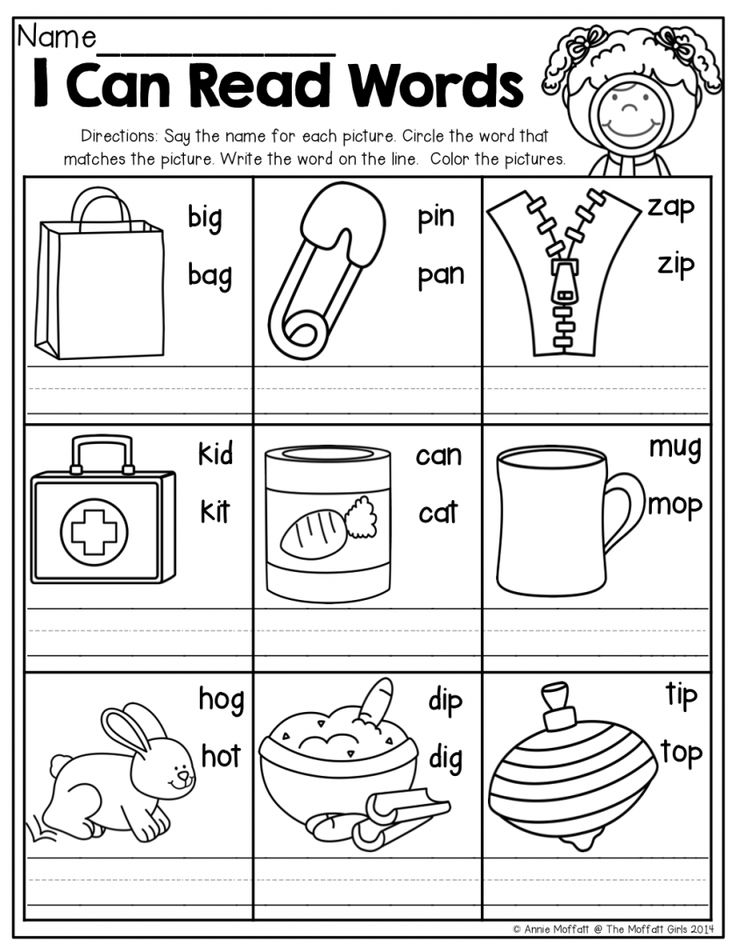
Phonics instruction may be provided systematically or incidentally. The hallmark of a systematic phonics approach or program is that a sequential set of phonics elements is delineated and these elements are taught along a dimension of explicitness depending on the type of phonics method employed. Conversely, with incidental phonics instruction, the teacher does not follow a planned sequence of phonics elements to guide instruction but highlights particular elements opportunistically when they appear in text.
Types of phonics instructional methods and approaches
This table depicts several different types of phonics instructional approaches that vary according to the unit of analysis or how letter-sound combinations are represented to the student. For example, in synthetic phonics approaches, students are taught to link an individual letter or letter combination with its appropriate sound and then blend the sounds to form words. In analytic phonics, students are first taught whole word units followed by systematic instruction linking the specific letters in the word with their respective sounds.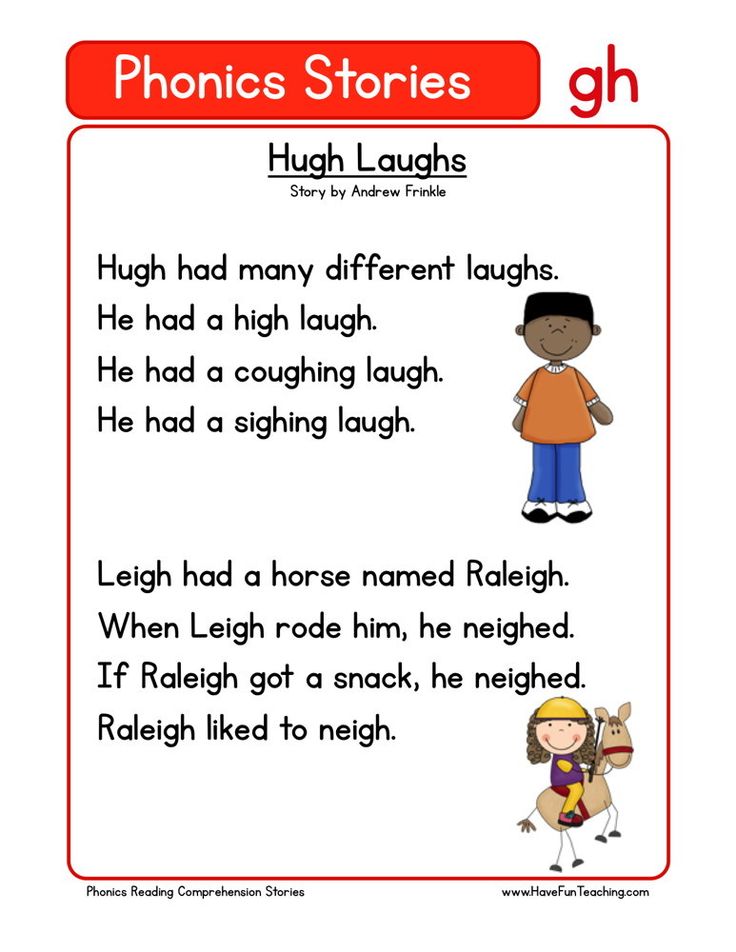
Phonics instruction can also vary with respect to the explicitness by which the phonic elements are taught and practiced in the reading of text. For example, many synthetic phonics approaches use direct instruction in teaching phonics components and provide opportunities for applying these skills in decodable text formats characterized by a controlled vocabulary. On the other hand, embedded phonics approaches are typically less explicit and use decodable text for practice less frequently, although the phonics concepts to be learned can still be presented systematically.
- Analogy phonics
Teaching students unfamiliar words by analogy to known words (e.g., recognizing that the rime segment of an unfamiliar word is identical to that of a familiar word, and then blending the known rime with the new word onset, such as reading brick by recognizing that -ick is contained in the known word kick, or reading stump by analogy to jump).
- Analytic phonics
Teaching students to analyze letter-sound relations in previously learned words to avoid pronouncing sounds in isolation.
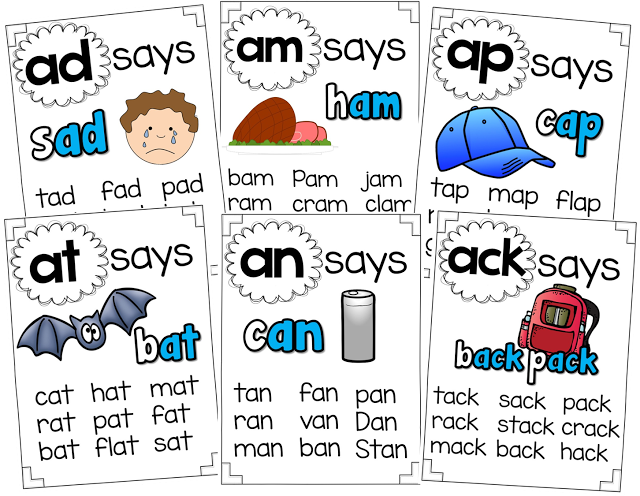
- Embedded phonics
Teaching students phonics skills by embedding phonics instruction in text reading, a more implicit approach that relies to some extent on incidental learning.
- Phonics through spelling
Teaching students to segment words into phonemes and to select letters for those phonemes (i.e., teaching students to spell words phonemically).
- Synthetic phonics
Teaching students explicitly to convert letters into sounds (phonemes) and then blend the sounds to form recognizable words.
Findings and determinations
The meta-analysis revealed that systematic phonics instruction produces significant benefits for students in kindergarten through 6th grade and for children having difficulty learning to read. The ability to read and spell words was enhanced in kindergartners who received systematic beginning phonics instruction. First graders who were taught phonics systematically were better able to decode and spell, and they showed significant improvement in their ability to comprehend text.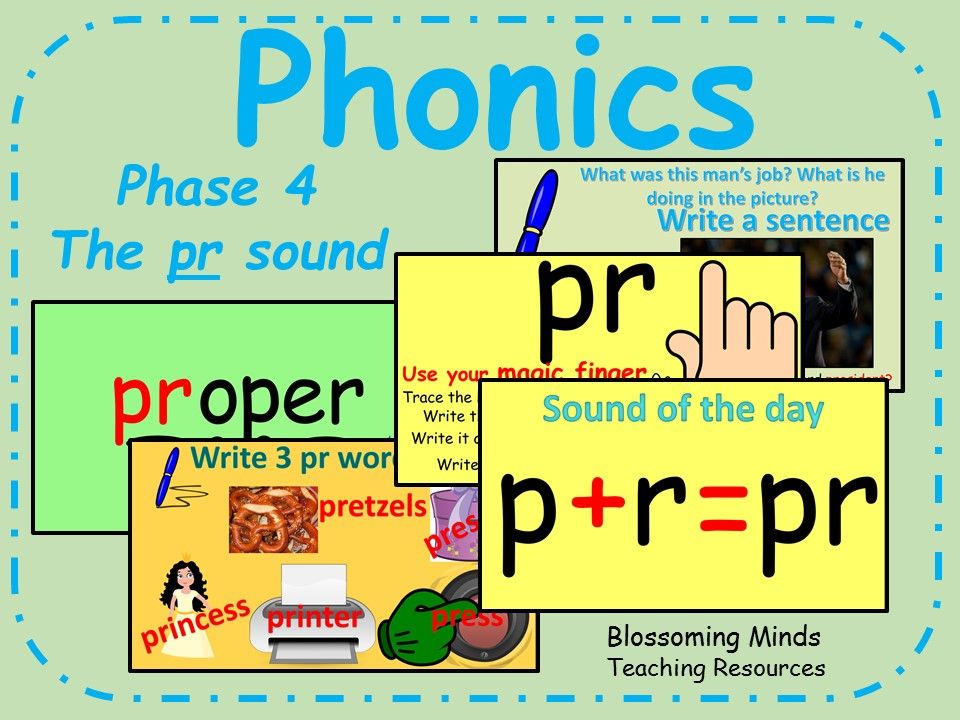 Older children receiving phonics instruction were better able to decode and spell words and to read text orally, but their comprehension of text was not significantly improved.
Older children receiving phonics instruction were better able to decode and spell words and to read text orally, but their comprehension of text was not significantly improved.
Systematic synthetic phonics instruction (see table for definition) had a positive and significant effect on disabled readers' reading skills. These children improved substantially in their ability to read words and showed significant, albeit small, gains in their ability to process text as a result of systematic synthetic phonics instruction. This type of phonics instruction benefits both students with learning disabilities and low-achieving students who are not disabled. Moreover, systematic synthetic phonics instruction was significantly more effective in improving low socioeconomic status (SES) children's alphabetic knowledge and word reading skills than instructional approaches that were less focused on these initial reading skills.
Across all grade levels, systematic phonics instruction improved the ability of good readers to spell. The impact was strongest for kindergartners and decreased in later grades. For poor readers, the impact of phonics instruction on spelling was small, perhaps reflecting the consistent finding that disabled readers have trouble learning to spell.
The impact was strongest for kindergartners and decreased in later grades. For poor readers, the impact of phonics instruction on spelling was small, perhaps reflecting the consistent finding that disabled readers have trouble learning to spell.
Although conventional wisdom has suggested that kindergarten students might not be ready for phonics instruction, this assumption was not supported by the data. The effects of systematic early phonics instruction were significant and substantial in kindergarten and the 1st grade, indicating that systematic phonics programs should be implemented at those age and grade levels.
The NRP analysis indicated that systematic phonics instruction is ready for implementation in the classroom. Findings of the Panel regarding the effectiveness of explicit, systematic phonics instruction were derived from studies conducted in many classrooms with typical classroom teachers and typical American or English-speaking students from a variety of backgrounds and socioeconomic levels.
Thus, the results of the analysis are indicative of what can be accomplished when explicit, systematic phonics programs are implemented in today's classrooms. Systematic phonics instruction has been used widely over a long period of time with positive results, and a variety of systematic phonics programs have proven effective with children of different ages, abilities, and socioeconomic backgrounds.
Discussion
These facts and findings provide converging evidence that explicit, systematic phonics instruction is a valuable and essential part of a successful classroom reading program. However, there is a need to be cautious in giving a blanket endorsement of all kinds of phonics instruction.
It is important to recognize that the goals of phonics instruction are to provide children with key knowledge and skills and to ensure that they know how to apply that knowledge in their reading and writing. In other words, phonics teaching is a means to an end.
To be able to make use of letter-sound information, children need phonemic awareness.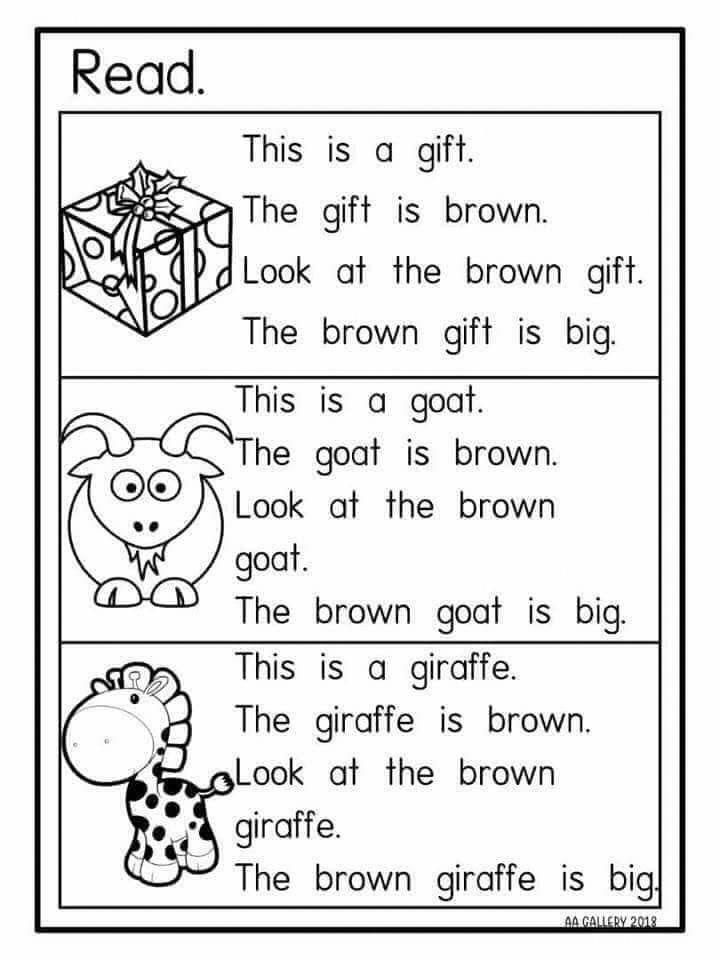 That is, they need to be able to blend sounds together to decode words, and they need to break spoken words into their constituent sounds to write words. Programs that focus too much on the teaching of letter-sound relations and not enough on putting them to use are unlikely to be very effective.
That is, they need to be able to blend sounds together to decode words, and they need to break spoken words into their constituent sounds to write words. Programs that focus too much on the teaching of letter-sound relations and not enough on putting them to use are unlikely to be very effective.
In implementing systematic phonics instruction, educators must keep the end in mind and ensure that children understand the purpose of learning letter sounds and that they are able to apply these skills accurately and fluently in their daily reading and writing activities.
Of additional concern is the often-heard call for "intensive, systematic" phonics instruction. Usually the term "intensive" is not defined. How much is required to be considered intensive?
In addition, it is not clear how many months or years a phonics program should continue. If phonics has been systematically taught in kindergarten and 1st grade, should it continue to be emphasized in 2nd grade and beyond? How long should single instruction sessions last? How much ground should be covered in a program? Specifically, how many letter-sound relations should be taught, and how many different ways of using these relations to read and write words should be practiced for the benefits of phonics to be maximized? These questions remain for future research.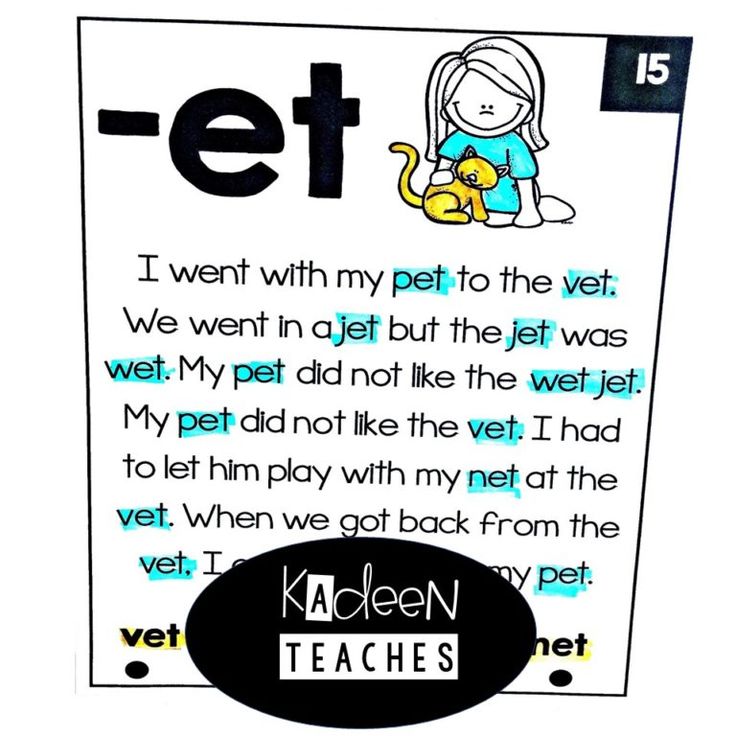
Another important area is the role of the teacher. Some phonics programs showing large effect sizes require teachers to follow a set of specific instructions provided by the publisher; while this may standardize the instructional sequence, it also may reduce teacher interest and motivation.
Thus, one concern is how to maintain consistency of instruction while still encouraging the unique contributions of teachers. Other programs require a sophisticated knowledge of spelling, structural linguistics, or word etymology. In view of the evidence showing the effectiveness of systematic phonics instruction, it is important to ensure that the issue of how best to prepare teachers to carry out this teaching effectively and creatively is given high priority.
Knowing that all phonics programs are not the same brings with it the implication that teachers must themselves be educated about how to evaluate different programs to determine which ones are based on strong evidence and how they can most effectively use these programs in their own classrooms.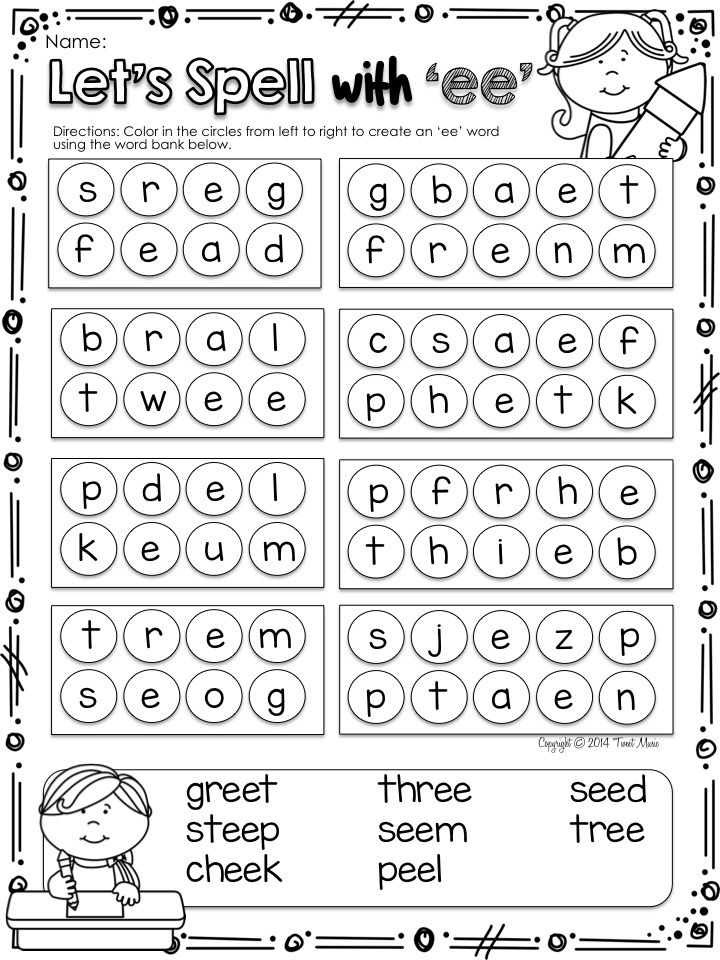 It is therefore important that teachers be provided with evidence-based preservice training and ongoing inservice training to select (or develop) and implement the most appropriate phonics instruction effectively.
It is therefore important that teachers be provided with evidence-based preservice training and ongoing inservice training to select (or develop) and implement the most appropriate phonics instruction effectively.
A common question with any instructional program is whether "one size fits all." Teachers may be able to use a particular program in the classroom but may find that it suits some students better than others. At all grade levels, but particularly in kindergarten and the early grades, children are known to vary greatly in the skills they bring to school. Some children will already know letter-sound correspondences, and some will even be able to decode words, while others will have little or no letter knowledge.
Teachers should be able to assess the needs of the individual students and tailor instruction to meet specific needs. However, it is more common for phonics programs to present a fixed sequence of lessons scheduled from the beginning to the end of the school year.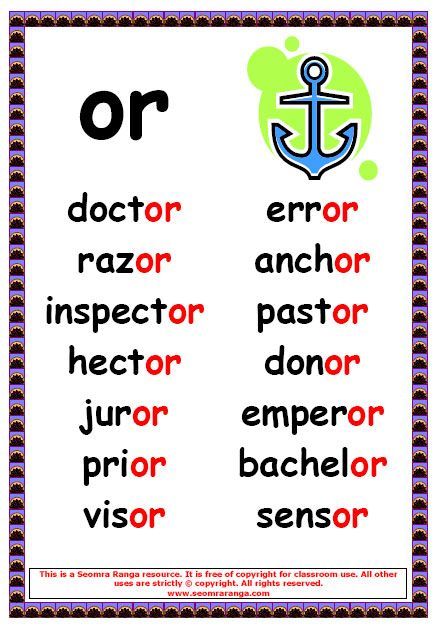 In light of this, teachers need to be flexible in their phonics instruction in order to adapt it to individual student needs.
In light of this, teachers need to be flexible in their phonics instruction in order to adapt it to individual student needs.
Children who have already developed phonics skills and can apply them appropriately in the reading process do not require the same level and intensity of phonics instruction provided to children at the initial phases of reading acquisition. Thus, it will also be critical to determine objectively the ways in which systematic phonics instruction can be optimally incorporated and integrated in complete and balanced programs of reading instruction. Part of this effort should be directed at preservice and inservice education to provide teachers with decision-making frameworks to guide their selection, integration, and implementation of phonics instruction within a complete reading program.
Teachers must understand that systematic phonics instruction is only one component – albeit a necessary component – of a total reading program; systematic phonics instruction should be integrated with other reading instruction in phonemic awareness, fluency, and comprehension strategies to create a complete reading program.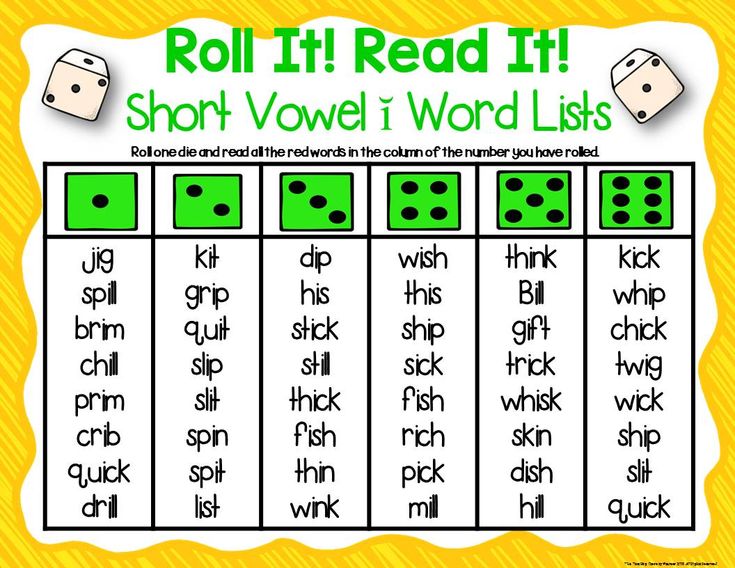
While most teachers and educational decision-makers recognize this, there may be a tendency in some classrooms, particularly in 1st grade, to allow phonics to become the dominant component, not only in the time devoted to it, but also in the significance attached. It is important not to judge children's reading competence solely on the basis of their phonics skills and not to devalue their interest in books because they cannot decode with complete accuracy. It is also critical for teachers to understand that systematic phonics instruction can be provided in an entertaining, vibrant, and creative manner.
Systematic phonics instruction is designed to increase accuracy in decoding and word recognition skills, which in turn facilitate comprehension. However, it is again important to note that fluent and automatic application of phonics skills to text is another critical skill that must be taught and learned to maximize oral reading and reading comprehension. This issue again underscores the need for teachers to understand that while phonics skills are necessary in order to learn to read, they are not sufficient in their own right.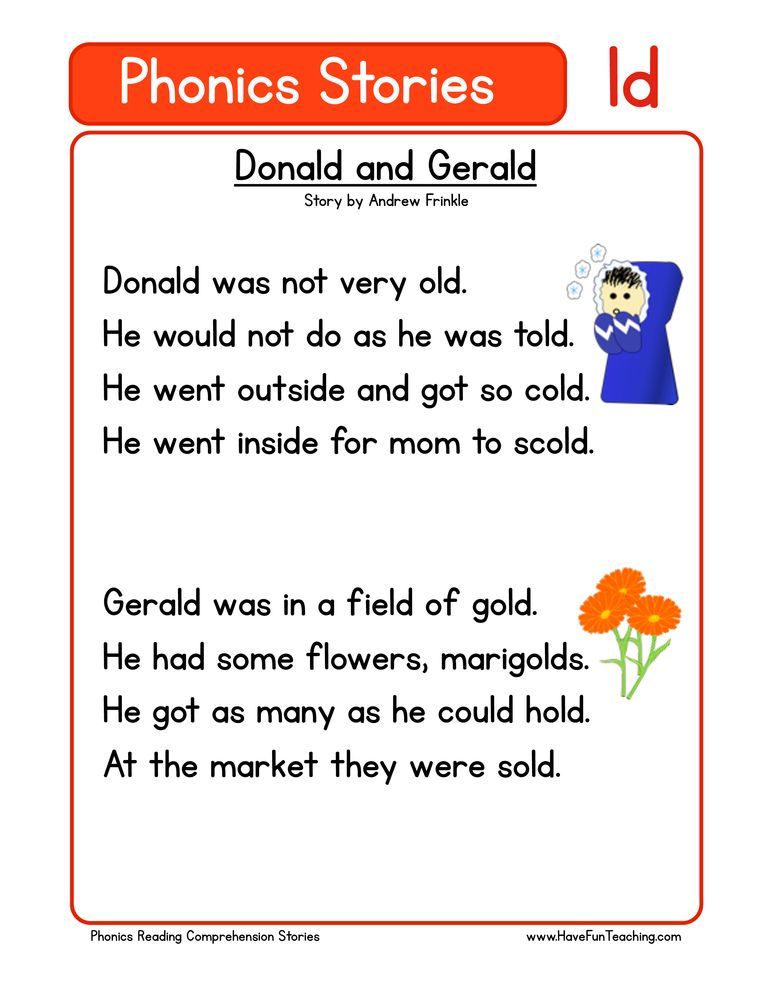 Phonics skills must be integrated with the development of phonemic awareness, fluency, and text reading comprehension skills.
Phonics skills must be integrated with the development of phonemic awareness, fluency, and text reading comprehension skills.
Methods of studying phonetics and graphics of the Russian language at school
| Writing is the clothes of oral speech. MP Panov |
Currently in school allowances great attention is paid to the reflection modern scientific knowledge on phonetics and chart. This highlights the knowledge phonetic material in the school course Russian language in order to overcome some formal traditions in its study.
Phonetics and graphics section in textbook of the Russian language contains various theoretical positions and gives opportunity to carry out various phonetic-graphic observations, allowing students to consciously and prospectively learn material.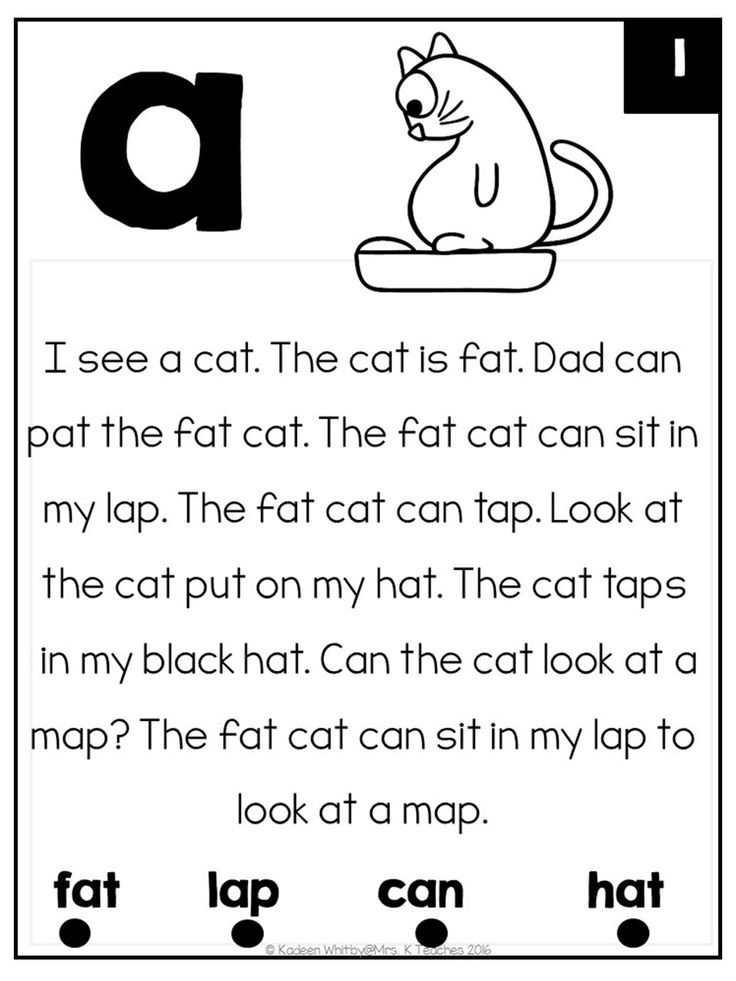 Many of the theories in the textbook is not given in “plain text”, they must be extract from exercise.
Many of the theories in the textbook is not given in “plain text”, they must be extract from exercise.
The main objectives of the study of the section:
- development of students' sound culture of speech;
- formation and improvement of techniques sound-letter analysis;
- the formation of the ability to determine the spelling on basis of sound analysis.
Formation of sound culture of speech starts long before the baby arrives 5th grade. This task is being tackled kindergarten teachers continue to work teachers of grades 1-4. 5th grade and beyond classrooms need to teach children to analyze speech surrounding people and her own from the position of her correct sound. Should be constantly draw students' attention to articulation uttered sounds, on the euphony of speech.
The task of the school is to educate students aesthetic criteria for correct speech, in order to violations of the norms of pronunciation were perceived children are as acute as spelling errors.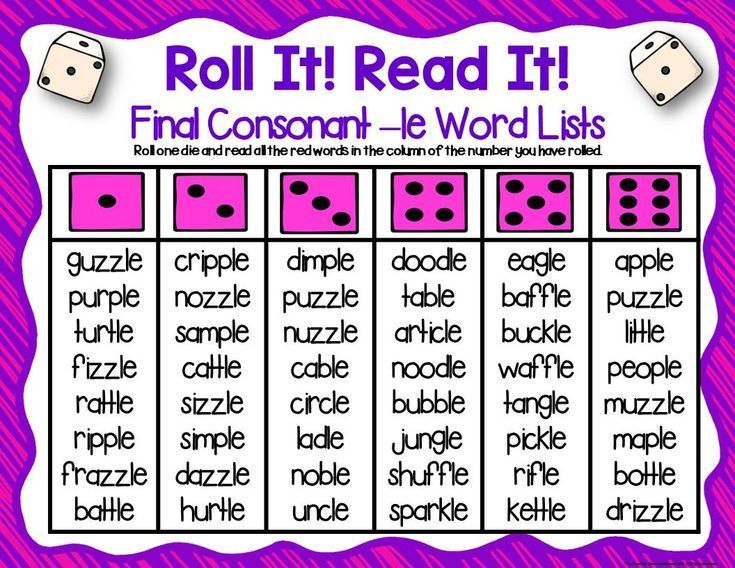 This requires constant monitoring of speech. children and special training exercises.
This requires constant monitoring of speech. children and special training exercises.
All graphics features children 1-4 classes are learned in the process of mastering reading and letter. So, reading, students letter by letter image reproduce the sound form of the word: bread - [khl?ep], frost - [maros]. By writing this or another word, denoted by letters according to the laws graphics: [jel?] - spruce, [m?ata] - mint. The effectiveness of training largely depends on teacher's ability to build on previously learned knowledge, that is, to go from the known to unknown. The succession is not only in the content of the material defined program: in the elementary grades, the section “Sounds and letters”, in the 5th grade with the theme “Phonetics and graphic arts". Continuity must be respected and in teaching methods, and in ways of assimilation material by students. The concept itself succession includes as its essential features of such subsequence educational work, where in each subsequent link continues consolidation, expansion, complication and deepening the knowledge and skills that the content of educational activities on previous stage.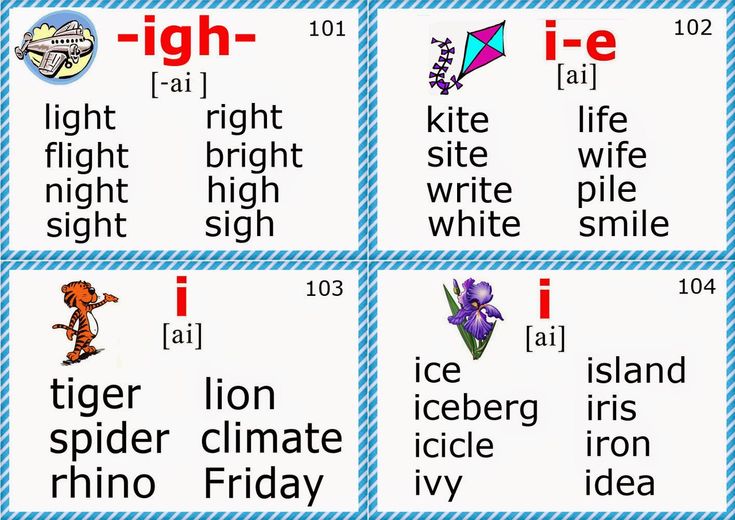 " To comply continuity in teaching the Russian language in of all its versatility to the teacher - philologist need to know well:
" To comply continuity in teaching the Russian language in of all its versatility to the teacher - philologist need to know well:
- contents of the section “Sound and letters”, program in Russian in primary grades;
- methodology for teaching younger students knowledge about sounds and letters;
- system of mental actions of students.
Study the work of the elementary school in terms of continuity of teaching the Russian language should thus:
- systematically and purposefully visit and analyze Russian language lessons;
- hold joint methodological meetings sections;
- study and analyze the nature of tasks for students in grades 1-4 on specific topics;
- take part in the analysis and testing of knowledge on one topic or another.
Data based on my observations, comparisons show that in the 5th class phonetic-graphic knowledge will be in basically systematize, improve. The nature of the tasks I send for students to clearly distinguish between sounds and letters, on the systematization of knowledge about the sound system Russian language, for improvement spelling knowledge, for conscious assimilation spelling and punctuation skills.
The nature of the tasks I send for students to clearly distinguish between sounds and letters, on the systematization of knowledge about the sound system Russian language, for improvement spelling knowledge, for conscious assimilation spelling and punctuation skills.
Learn phonetic-graphic knowledge students should both in elementary school and in the 5th class in the process of mental actions with these knowledge. Mental actions provide formation of mental knowledge: skill observe, analyze, compare, classify, generalize. Analytical-synthetic exercises with sound the form of words has specific difficulties: sounds we only hear, it is impossible to see them, so that the sounds “delay” for analysis, it is necessary to financially provide. Notation methods sounds for analysis in elementary school and in the 5th class are different.
There are a lot of attention is paid to sound analysis. But Despite this, a large percentage of students comes to 5th grade with not good enough advanced knowledge of sound analysis.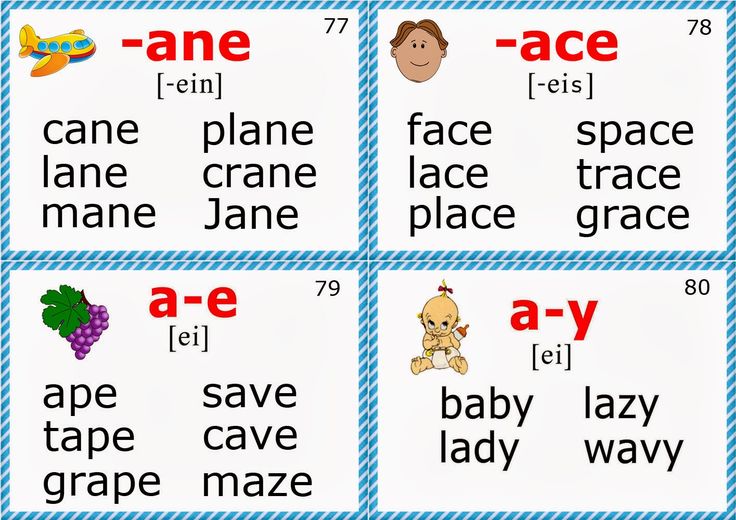 Causes are different, but gaps in the knowledge and skills of students make it difficult to work vocabulary teacher. From the first Russian lessons language I establish which of the children does not speak well sound analysis techniques, and plan to individual work. I do these exercises both during and after school hours. I propose a system of exercises for the formation of skills students to perform sound analysis. Task teachers - based on it plan individual work with children. Exercises I distribute according to classes that allow more effective in correcting gaps in knowledge, skills and abilities of students. I am doing this work on repetition lessons at the beginning of the year. Only 10 lessons give an example:
Causes are different, but gaps in the knowledge and skills of students make it difficult to work vocabulary teacher. From the first Russian lessons language I establish which of the children does not speak well sound analysis techniques, and plan to individual work. I do these exercises both during and after school hours. I propose a system of exercises for the formation of skills students to perform sound analysis. Task teachers - based on it plan individual work with children. Exercises I distribute according to classes that allow more effective in correcting gaps in knowledge, skills and abilities of students. I am doing this work on repetition lessons at the beginning of the year. Only 10 lessons give an example:
Lesson 1.
Purpose: the formation of the ability to highlight vowel sounds from a convenient position (GS, GG: vowel the sound is in a weak combination with the subsequent sound, so it is easily separated from it).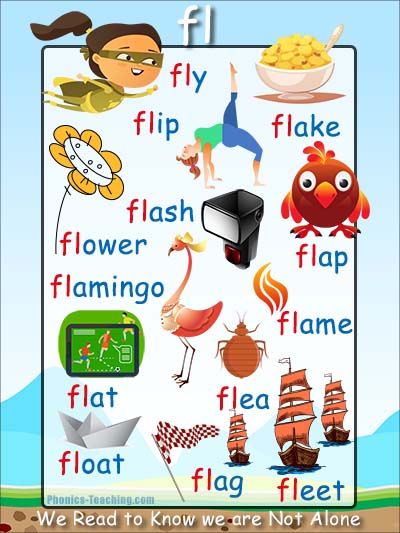 All words for sound analysis are not recorded. Each word is perceived by ear, for effective completion of this task to the words I select pictures.
All words for sound analysis are not recorded. Each word is perceived by ear, for effective completion of this task to the words I select pictures.
[]ist, []sy, []tka, []va, []ho. In brackets are the sounds over which the children will work:
- look at the picture;
- name a word;
- repeat the word, extending the first sound;
- highlight this sound;
- observe the position of the lips, tongue, the passage of air in the mouth, for the participation of the voice in sound formation.
I am observing according to this plan. IN as a result, I conclude: when pronouncing sounds [a], [o], [y], [e] exhaled air passes freely, during there are no barriers to the mouth, the participation of the voice is obligatory. This main features of vowel sounds.
In my work on this topic, I try to do not ignore the textbook material, as this the material is carefully selected and available to all students, which creates favorable conditions for classes.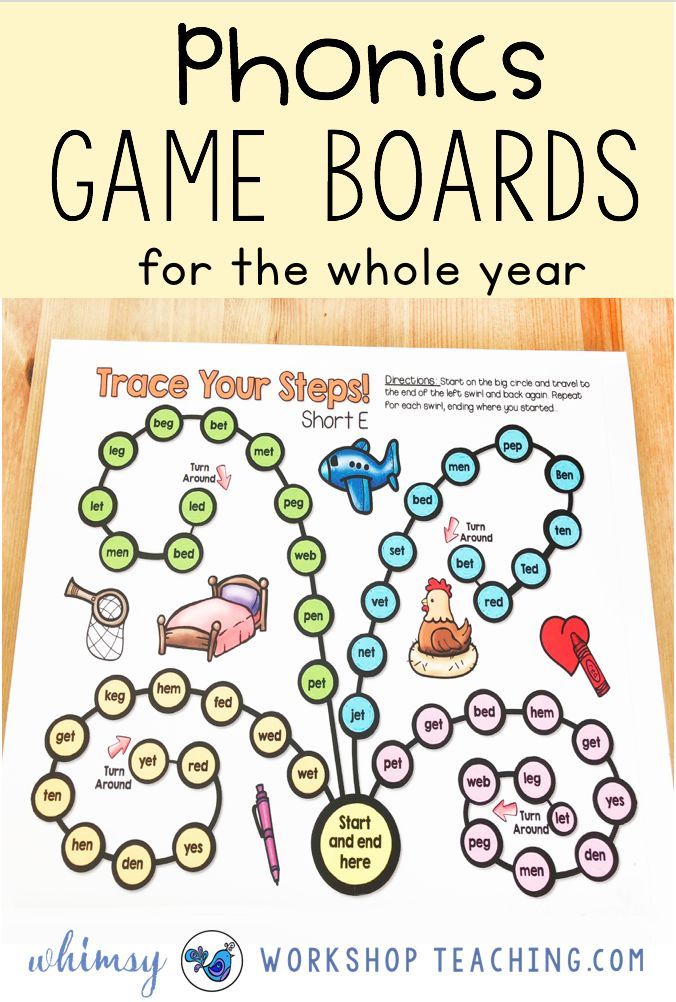 In order for students' reasoning were logically consistent enough reasoned, I strive for complete and accurate conclusions. When developing lessons in phonetics, one should be mindful of the nature of the material. are being studied speech sounds, so most of the time given to oral work. Studying section “Phonetics and graphics” must be presented, with what topics need to be studied use phonetic and graphic knowledge.
In order for students' reasoning were logically consistent enough reasoned, I strive for complete and accurate conclusions. When developing lessons in phonetics, one should be mindful of the nature of the material. are being studied speech sounds, so most of the time given to oral work. Studying section “Phonetics and graphics” must be presented, with what topics need to be studied use phonetic and graphic knowledge.
When studying morphology phonetic analysis helps to explain the whole a number of morphological phenomena, avoids a fairly common error in determining b sign as endings for nouns like fire. Phonetic information is needed to be aware of the peculiarities of declension of names nouns and adjectives with stems on [d]: a) line, history, battery, idea, genius, planetarium, view, building; b) bear, fox, hare and not consider [th] ending, but see in this morpheme suffix.
Considering the spelling of difficult numerals from 50 to 80, from 500 to 900, from 15 to 19 explain in the first cases the spelling of the ь sign at the end of the first part of complex numbers the quality of the consonant sound, and in the second loss initial softness of the consonant at the end the first part.
When forming imperative forms moods phonetic analysis will explain the regularity of the appearance of forms on [th] in verbs, stem ending in present tense on [th]: read - read [th?ut], work - work [y?ut], as well as the appearance of the sign after the final soft consonant: introduce - introduce. Knowledge of phonetics deepens when studying verb modifications. Species pairs can be formed by a change of stress: spread - spread, ask - ask. stress in verb helps to distinguish not only types, but also inclinations:
| Imperative | Indicative |
| keep | keep |
| walk | walk |
| write | write |
| wear | wear |
So the behavior phonetic parsing shows that phonetics is a non-isolated branch of the science of language, which objectively existing phonetic laws influence other phenomena and processes in the language and reflected in spelling, word formation, morphology, syntax.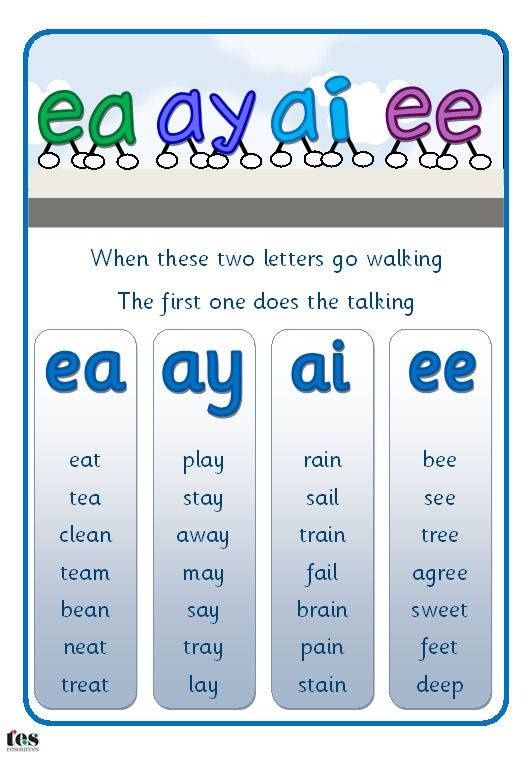
"Methods of teaching English phonetics in elementary school"
"Methods of teaching English phonetics language in elementary school»
Phonetics - the sound structure of the language, i.e. the totality of all sound means that make up its material side (sounds, sound combinations, stress, rhythm, melody, intonation, pauses).
Skill - the skill developed by exercises.
Phonetic skill - the ability to pronounce sounds correctly, put stress where it is necessary; pronounce everything intonation correctly, etc.
1.1 The need for the formation of phonetic skills in younger students
at the initial stage of training, it is necessary to lay the foundation for good pronunciation, which presupposes correct intonation, observance of pauses, knowledge features of the stress of words in a sentence, as well as the correct articulation. This necessary for the normal functioning of the oral speech of students.
Good the worked out pronunciation side of the statement of students prepares them for the implementation of speaking as a type of speech activity. Knowledge of phonetic skills will allow students to normatively pronounce all the sounds of English; assimilate differential signs of sounds (glasnost and consonance). Phonetic skills help schoolchildren learn rhythm (alternating stressed and non-stressed syllables) English phrase, logical stress of significant words, stress of functional words (auxiliary verbs in negative form). Mistakes in pronunciation interfere implementation of the main goal of the language - communication, i.e. mutual understanding.
Creation hearing and pronunciation base of the language being studied is possible due to the potential the abilities of the human ear and the mobility of the organs of articulation. Wherein should take into account the unequal data of students: some have good hearing and articulatory sensitivity, others have good auditory sensitivity combined with poor articulation.
1.2 The content of the work on the formation of phonetic skills in primary school students
B in English the content of the work on the formation of phonetic skills make up sounds, sound combinations, intonation patterns and units of speech: phrases, in in particular, different communicative types of sentences and connected text (linguistic component of the content of teaching pronunciation), as well as specific actions with these units (the psychological component of the content learning) - the formation of pronunciation skills.
Basic pronunciation requirements - phonemicity ( i.e. the degree of correctness phonetic arrangement of speech, sufficient for understanding by her interlocutor) and fluency (i.e. the degree of automation of pronunciation skills, allowing students to speak at a normal pace).
Possession correct pronunciation is possible only with the assimilation of the phonetic base foreign language at the level of syllable, word stress, intonation.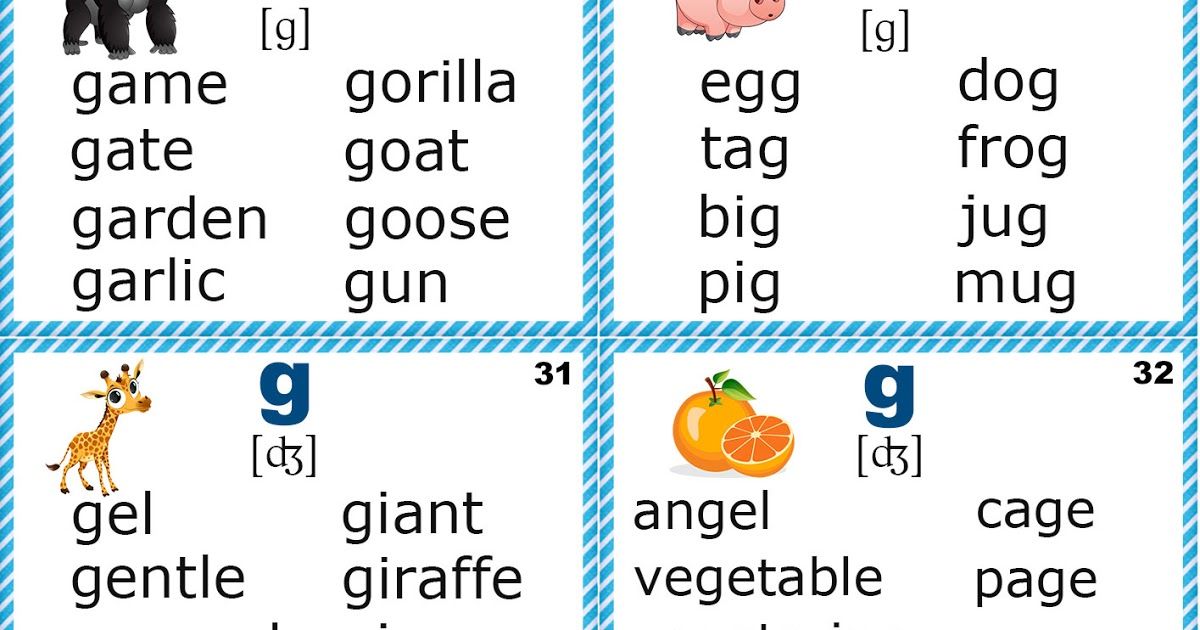 students must learn the specifics of the articulation base of a foreign language, as well as characteristic features of stress and intonation.
students must learn the specifics of the articulation base of a foreign language, as well as characteristic features of stress and intonation.
For mastering the phonetic base of a foreign language, it is necessary, first of all, learn the articulatory pattern characteristic of native speakers of this language, i.e. the habitual position of the organs of speech at the time of the absence of articulatory movements.
Teacher with the help of special exercises should ensure that the articulatory the way of a foreign language eventually became familiar to students, and they could would not even notice the moment of restructuring from one articulation mode to another. When determining the content of the work on pronunciation, it is necessary pay attention to the selection of phonetic material and its organization. Selection and the distribution of phonetic material is carried out on the basis of the system of the studied language; phenomena of the native language of students are considered as if through the prism foreign systems. In phonetic courses, the distribution of material is subject to certain system and sequence, all its elements are interconnected and interdependent. The selection of phonetic material and the degree of its development depends from the goals of learning a foreign language and working conditions.
In phonetic courses, the distribution of material is subject to certain system and sequence, all its elements are interconnected and interdependent. The selection of phonetic material and the degree of its development depends from the goals of learning a foreign language and working conditions.
1.3 Methods for the formation of phonetic skills in primary schoolchildren
For There are many ways for students to develop good pronunciation. One such way is special exercises . To them include: reading Russian words, phrases (proverbs, sayings), poems with English style.
Reading Russian words, phrases, poems with an English "accent" are especially effective during the classroom, when the teacher can control such moments, as the absence of protrusion of the lips when pronouncing vowels [o] [y] (visual control), as well as the lack of mitigation of consonants in English (auditory control).
Other games are a way to set the correct pronunciation.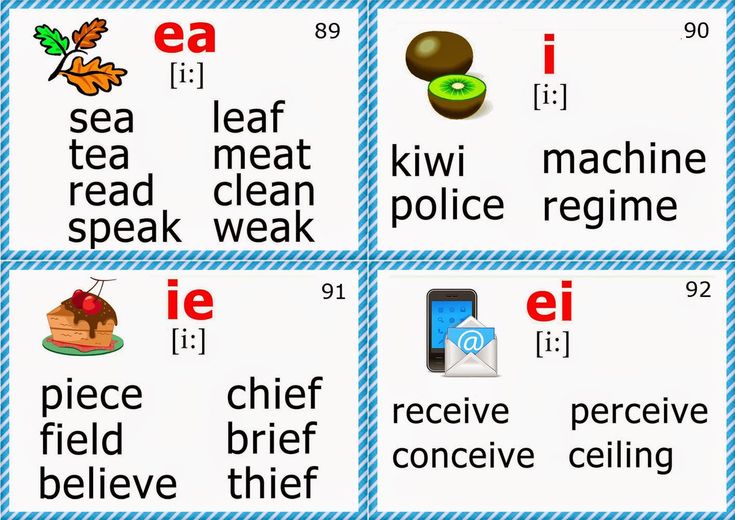 Game - special an organized activity that requires tension of emotional and mental strength. About The educational possibilities of games have been known for a long time. Many eminent educators have attention to the effectiveness of the use of games in the learning process. In the game appear mental capacity of the child. He discusses how to solve this or that another task. One of the types of games in teaching a foreign language is phonetic games that contribute to the formation of speech skills. Phonetic games are of two types : those aimed at warning (prevention) of errors, and those aimed at correcting (correcting) errors. The difficulty in working with games is that everything, even the most complex sounds and sound combinations are found from the very first lessons, so the language the material cannot be simplified in any way, that the material worked out in the classroom is not immediately turns into spontaneous speech.
Game - special an organized activity that requires tension of emotional and mental strength. About The educational possibilities of games have been known for a long time. Many eminent educators have attention to the effectiveness of the use of games in the learning process. In the game appear mental capacity of the child. He discusses how to solve this or that another task. One of the types of games in teaching a foreign language is phonetic games that contribute to the formation of speech skills. Phonetic games are of two types : those aimed at warning (prevention) of errors, and those aimed at correcting (correcting) errors. The difficulty in working with games is that everything, even the most complex sounds and sound combinations are found from the very first lessons, so the language the material cannot be simplified in any way, that the material worked out in the classroom is not immediately turns into spontaneous speech.
Ways formation of phonetic skills
B method distinguish imitation and analytic-simulation methods familiarization with new phonetic material.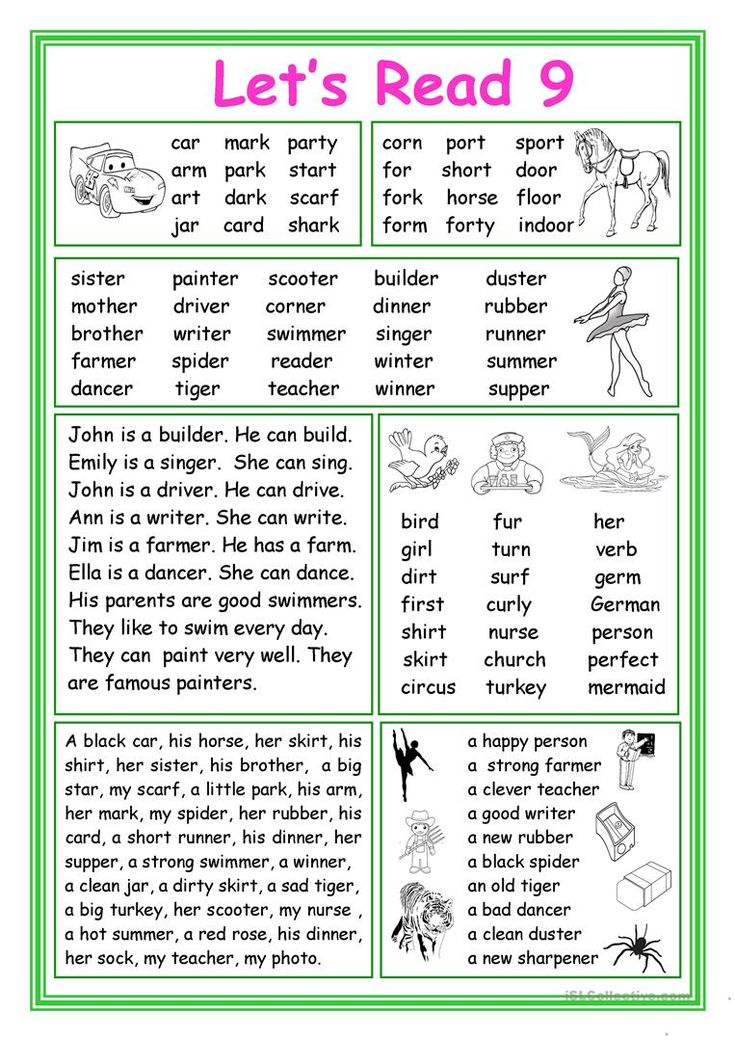
Imitative way - when the emphasis is not on the conscious assimilation of features articulation, but on the auditory perception of speech and its imitation. At analytic-imitative approach combines different ways of creating new sound images: description and articulation, and imitation. In the course of executing the rules-instructions given by teacher, students master the concept of alveoli, interdental sound, aspiration.
At modern approach adopted in most educational institutions, when explaining and The training uses the analytical-imitative method.
On at the initial stage of training, exercises are used aimed at the formation auditory and pronunciation skills. They are of two types:
1. Exercises for active listening and recognition of sounds and other words, aimed at on the development of phonetic hearing and the establishment of differential signs studied phonemes and intotones. These exercises can be performed by ear and with using a graphic support, with the teacher's voice or with a tape recorder.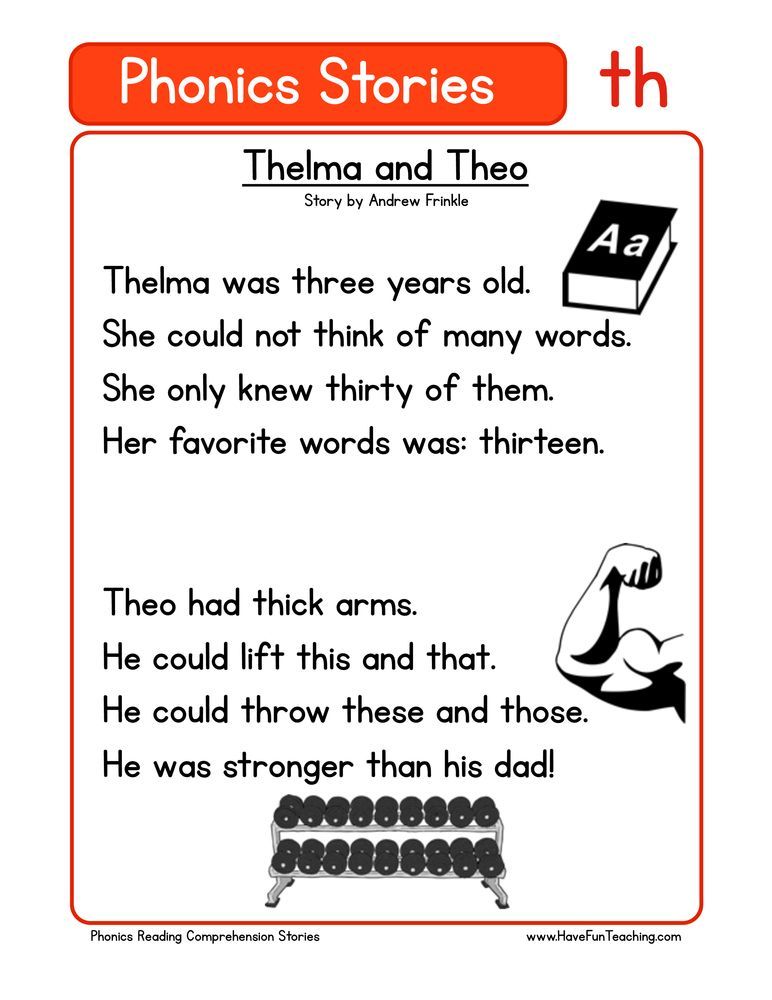 For example:
For example:
- listen to a series of sounds/words, raise your hand/signal card or clap palms when you hear a sound;
- listen to the sentences, raise your hand when you hear an interrogative (declarative sentence;
- listen to the sentence and note the stressed words/number of syntagmas, etc.
2. Reproduction exercises aimed at active pronunciation (imitation) of sounds, syllables, phrases, sentences following the pattern - teacher or announcer - in chorus and individually. Exercise can wear game character.
J.B. Vereninova offers a technique for using Russian words, sayings, poems for pronouncing them in English. In order to remove monotony in the process training, you can ask students to pronounce words or sentences with different intonation, voice power, tempo of speech.
Very effective pronunciation of phonetically complex lexical units syllable by syllable, starting with the last word. Except what was said from the end the word psychologically ceases to seem complicated, the desired intonation is achieved effect: when pronouncing a word or phrase from the end to the beginning, the correct intonation.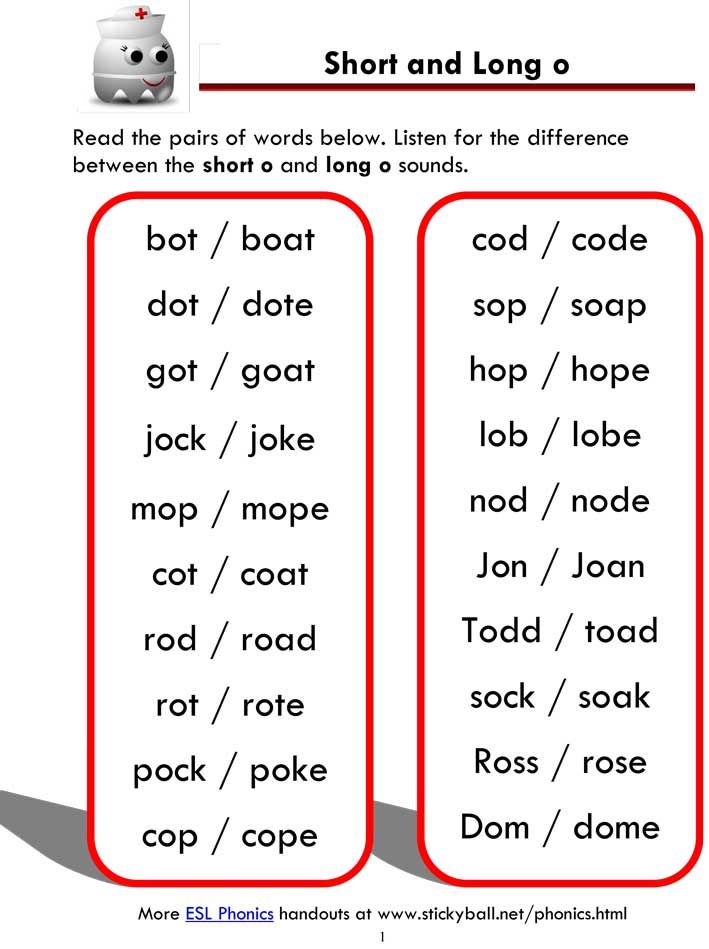
Also it is useful to use reading to form strong pronunciation skills poems using different intonation shades. As shows experience, pronunciation skill cannot remain unchanged, so it is important not only to maintain the formed skills, but also to continue them improve at the middle and senior stages of education.
Rhymes .
[ai]
My kite is white;
My kite is light,
And it can fly
High in the sky.
[f], [s]
She sells seashells on the seashore.
The shells she sells are seashells, I am sure.
2. Rhymes as a means of developing phonetic skills in younger students
Effective means of mastering phonetic material is memorization tongue twisters, rhymes, dialogues, excerpts from prose. I would like to talk about one of these means - rhymes, since it is them that I will use to development of pronunciation in children.
Phonetic aspect of teaching children English speech is difficult for younger children to learn schoolchildren.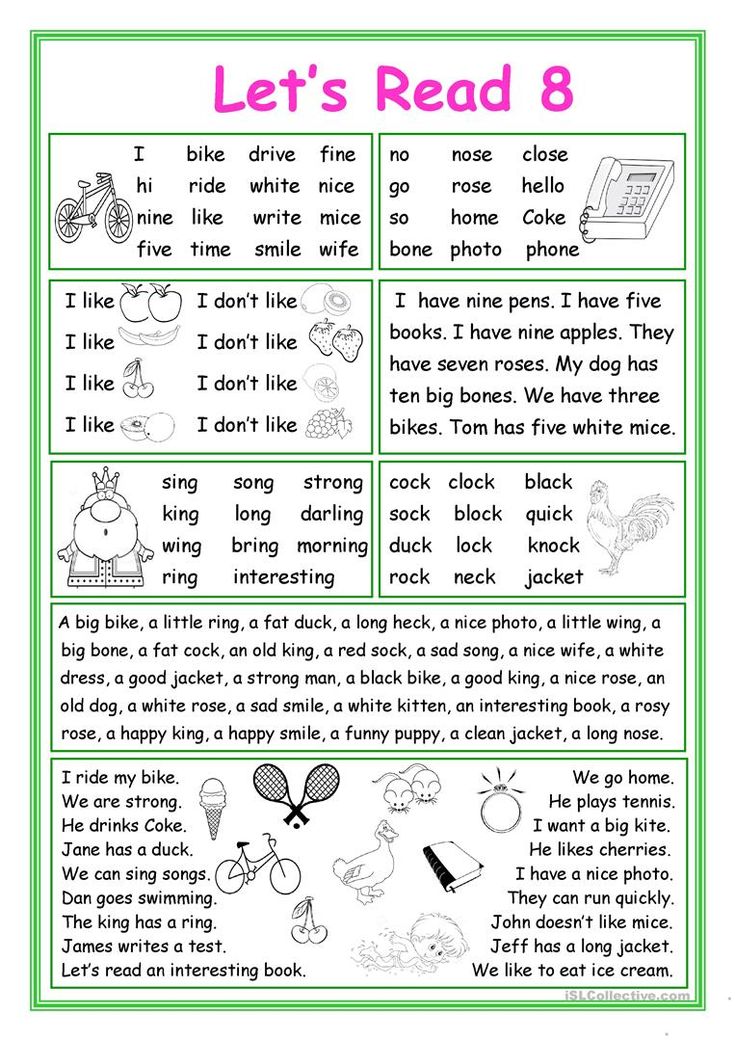 How to explain to students the articulation of English sounds? How to make the learning process interesting and as close to real as possible communication? How to teach children the correct pronunciation from an early age? Practice has shown that children perfectly imitate the speech of the teacher, therefore teachers isolated those sounds of the English language, analogies to which not in Russian: [ŋ], [ə], [Ө], [w].
How to explain to students the articulation of English sounds? How to make the learning process interesting and as close to real as possible communication? How to teach children the correct pronunciation from an early age? Practice has shown that children perfectly imitate the speech of the teacher, therefore teachers isolated those sounds of the English language, analogies to which not in Russian: [ŋ], [ə], [Ө], [w].
Tongue twisters, poems, dialogues are fertile material used in teaching. His can be used in all classes, teaching the art of parable, illustrating your thought. Their use in the practice of teaching English, will undoubtedly contribute to a better mastery of this subject, expanding knowledge about the language, vocabulary and features of its functioning.
Formation pronunciation skills from the first lessons should go in real communication or mimic those conditions as closely as possible. In other words, students should “not to prepare for speech, as provided for by oral introductory courses, but to begin learning right away.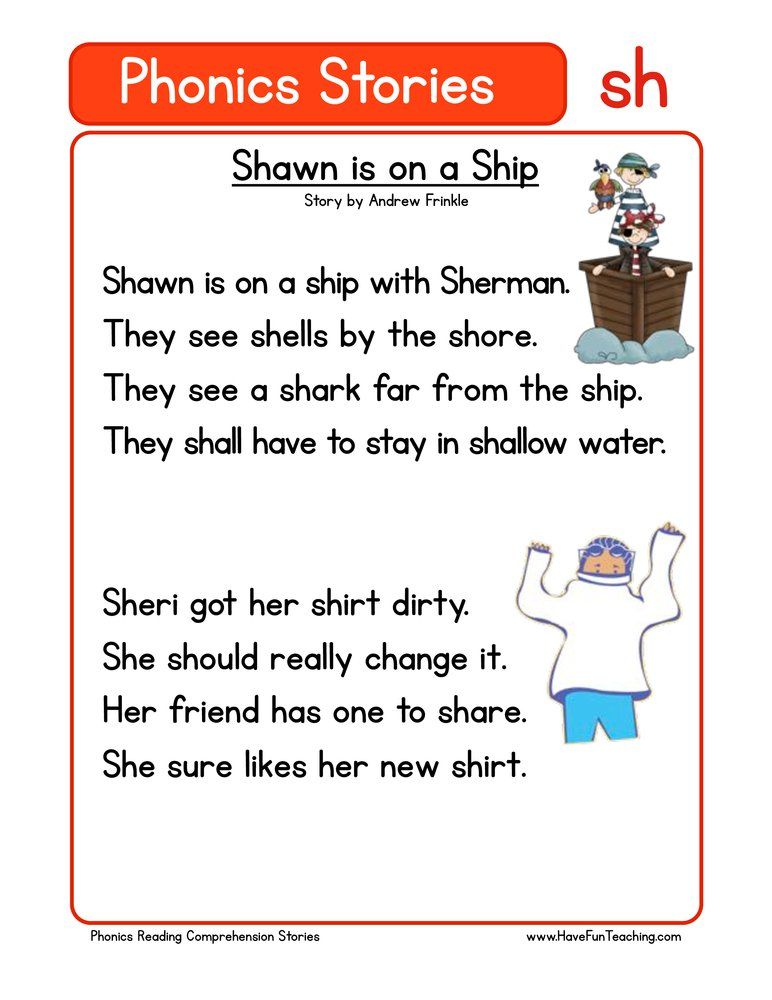 Create a real environment in the lesson, introduce an element of the game into the process of mastering the sound side of foreign speech will help rhymes. Except Moreover, they (rhymes) are firmly entrenched in memory. They are easier to remember different consonances, rhymes and rhythms.
Create a real environment in the lesson, introduce an element of the game into the process of mastering the sound side of foreign speech will help rhymes. Except Moreover, they (rhymes) are firmly entrenched in memory. They are easier to remember different consonances, rhymes and rhythms.
Rhymes can be used when introducing new phonetic material
and during its repetition, as well as during phonetic exercises. At the initial stage rhymes can be used to process the sound side of speech. Lesson usually begins with phonetic charging, where rhymes are very often included. They serve as a kind of recreation for children. Rhymes help to improve pronunciation individual difficult consonants, especially those that are absent in Russian language. Instead of individual words and phrases containing a particular sound, you can offer specially selected rhymes to the class. Then during two or three lessons, the rhyme is repeated, the pronunciation of the sound is corrected. This type of work can be included in the lesson at its different stages, it serves a kind of relaxation for students.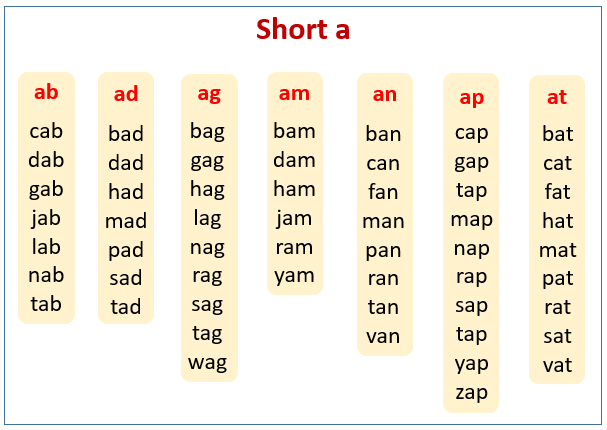 Rhymes are selected according to what sound is being processed.
Rhymes are selected according to what sound is being processed.
Possible suggest, for example, such rhymes for practicing the sound [ð]:
This is my mother,
This is my father,
This is my sister,
This is my brother,
This is my uncle,
This is my aunt Lily,
This is my cousin,
And this is me.
For example, rhyming for working with sounds [w], [v]:
William always wears a very warm wollen vest in winter, Victor however will never wear wollen underwear even in the wild west.
Rhymes are also used instead of individual words and phrases that contain studied phonetic material:
[ai]
My kite is white;
My kite is light,
And it can fly
High in the sky.
[f], [s]
She sells seashells on the seashore.
The shells she sells are seashells, I am sure.
So, rhymes are one of the methodological techniques for better memorization of lexical units and grammatical structures.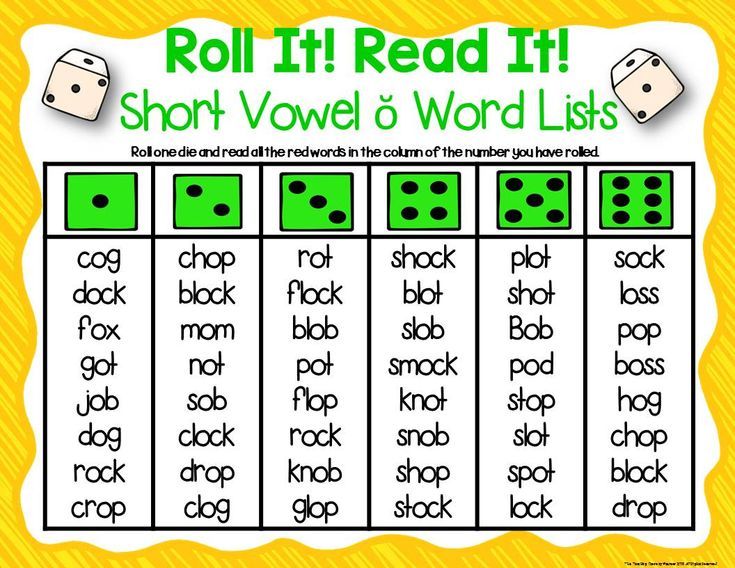 They are well remembered by children, organically are included in speech. Rhymes help younger students learn a foreign language quickly language and learn new material more deeply.
They are well remembered by children, organically are included in speech. Rhymes help younger students learn a foreign language quickly language and learn new material more deeply.
Used literature
1. General methodology for teaching foreign languages in high school / ed. A.A. Mirolyubova, I.V. Rakhmanova and others - M .: Prosveshchenie, 1996.
2. Arakin V.D. Methods of teaching English in grades VIII-X. – M.: Academy of Pedagogical Sciences of the RSFSR, 1958.
3. Reformatsky A.A. Introduction to Linguistics: Textbook for High Schools. – M.: Aspect Press, 2002.
4. Methods of working on a practical course in English: Methodological guide / Arakin V.D., Kirillova E.P. and etc.; Ed. V.D. Arakina - M .: Higher School, 1984.
5. Kochergina V.A. Introduction to linguistics. Fundamentals of phonetics - phonology. Grammar: Textbook. - M.: Publishing House of Moscow State University, 1991.
6. Stronin M.F. Educational games in the English lesson.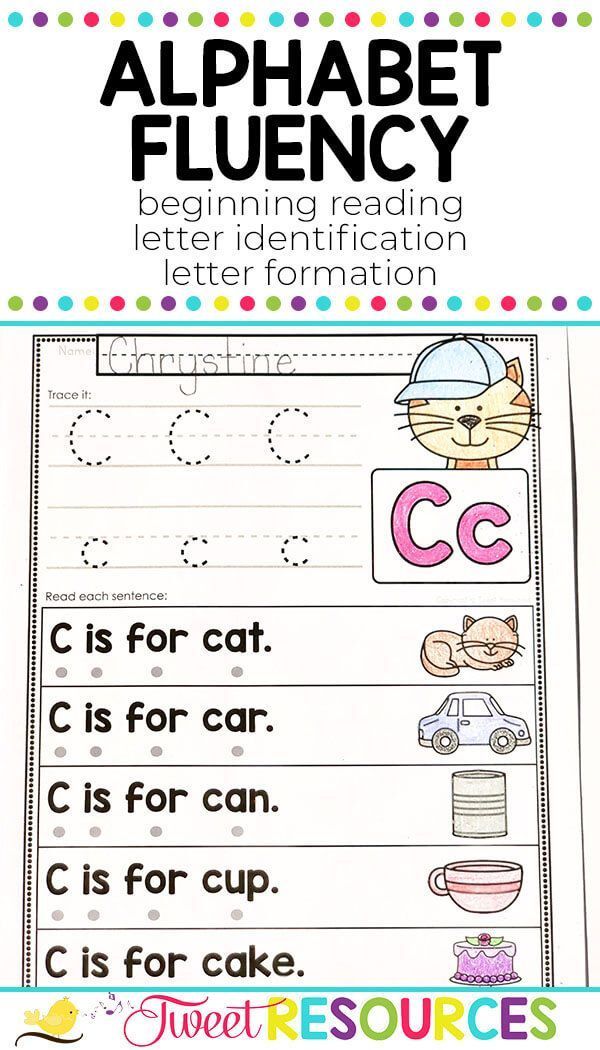 A guide for the teacher. - Moscow: Education, 1984.
A guide for the teacher. - Moscow: Education, 1984.
7. Demyanenko M.Ya., Lazarenko K.A. etc. Fundamentals of the general methodology of teaching foreign languages. Theoretical course. - Publishing Association "Vishcha Shkola", 1976.
8. Tarasyuk N.A. Foreign language for schoolchildren: Communication lessons. – M.: Flinta: The science. 1999.
9. Mikhalchuk V.A., Lisenko M.V. Practical phonetics of the English language. Modifications English consonants in connected speech. St. Petersburg: Publishing House "Knizhny Mir", 2001.
10. Galatenko N.A. English transcription. Study guide with exercises and keys. - M.: "Os-89", 2001.
11. Protasova E.Yu. Children and languages. Toolkit. - M .: Innovation Center in Pedagogy, 1998.
12. Foreign languages at school. No. 1, 1994, p. 8-16; No. 5, 1994, p. 10-16; No. 2. 1998, With. 59-60; No. 2, 1974.
13. Galskova N.D. Modern methods of teaching foreign languages. Benefit for teachers. - M., 2000.